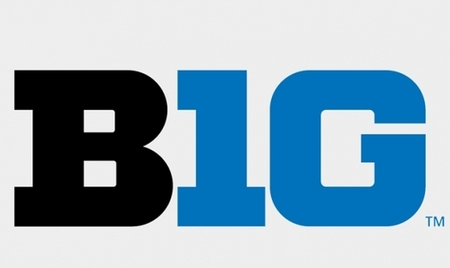Five Reasons Adding Another School Is A B1G Mistake
April 29, 2014
Two suburban Illinois lawmakers, Michael Connelly and Matt Murphy, have introduced legislation to explore the possibility of a current in-state university joining the Big Ten Athletic Conference. Anyone with even novice-level knowledge of college sports can tell you that this is completely ridiculous and unfeasible. The reasons are countless, but here are the top five:
1. Let’s pretend, for a moment, that this is actually an academic-based proposal, as Murphy and Connelly suggest, the quality of institutions housed in the Big Ten are head and shoulders above any other Illinois public universities. Last year’s US News “National University Rankings” showed no Big Ten school lower than 101st, while SIU and NIU are tied at 177th.
Also, every current Big Ten school, other than recently added Nebraska, is a member of the Association of American Universities (AAU), an international organization of leading research universities. The only Illinois schools in the AAU right now are Illinois Urbana-Champaign, Northwestern and the University of Chicago, a founding member of the Big Ten that stopped competing in the league in 1939.
2. OK, now that we’re done with the fictitious “this is about academics” talk, let’s get to the athletic side of things.
Athletically, NIU is the only school in consideration that could compete in either major sport—basketball and football. They have the only Football Bowl Subdivision team, a rather successful one, but their basketball program has not had an above .500 season since 2005-2006 and has not made an NCAA Tournament appearance since 1996.
Putting these school’s athletic programs against the current Big Ten teams would be like putting a Prius in a race with a Lamborghini. Illinois and Northwestern sports struggle enough, save the rest of the state school’s some national embarrassment and leave them at the mid-major level.
3. The sheer level of interest in sports at these schools is minuscule compared to the big timers in the Big Ten; and of course, interest = dollars.
Can you imagine a Saturday night football game with THE Ohio State Buckeyes visiting the lowly Southern Illinois Salukis under the lights in Carbondale, Ill.? The newly built Saluki Stadium holds upwards of 15,000 people. Ohio State’s football stadium, known as The Horseshoe, holds over 100,000 fans. A laughable difference and one that shows the obvious non-legitimacy of this plan.
4. Beyond campus, the alumni and national interest in Big Ten schools is tremendous. Most people outside of the Midwest couldn’t tell you the mascots of NIU, SIU, etc. The Big Ten leads all conferences with nearly 5 million alumni, which again dwarfs any number that can be thrown out by these other schools.
Teams like Ohio State and Michigan are international brands. Teams like SIU and NIU are brands that barely go beyond their campuses.
5. Lastly, the Big Ten just expanded. Starting next school year, Maryland and Rutgers will be competing in the conference. This expansion took away the Midwest-centric part of the Big Ten; it is now a national conference. The addition of these two schools is solely based on television revenue. The Big Ten now has an east coast presence.
So why would anyone in their right mind add schools in Carbondale and DeKalb? The schools being considered do nothing for the conference. They add no expansion into new markets and no extra TV’s for their Big Ten Network.
From start to finish, this idea is completely impractical. If this were the college sports landscape of 50 years ago, with amateurism alive and well, this would probably be realistic. Unfortunately for Connelly and Murphy, it is 2014, and money is king.









